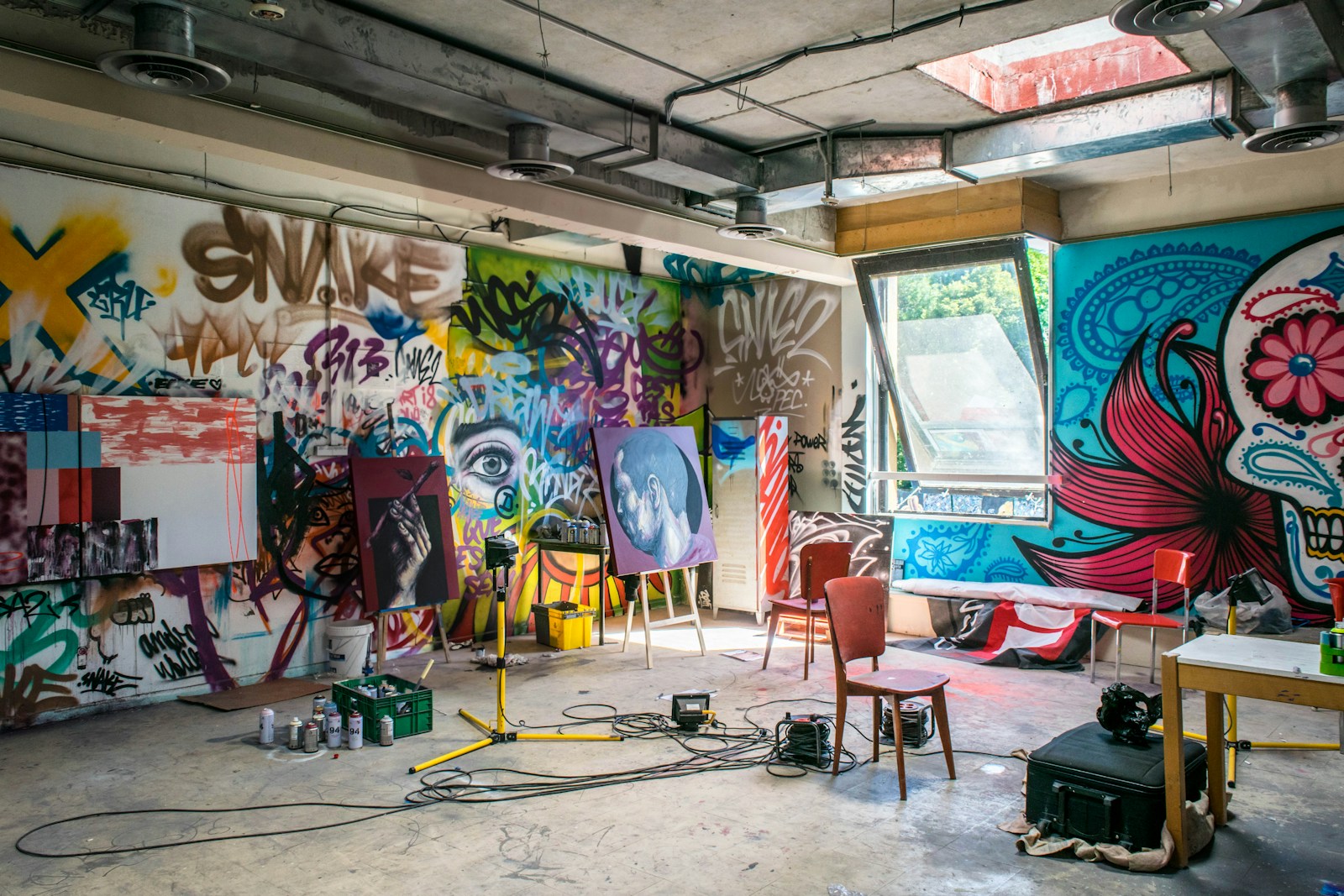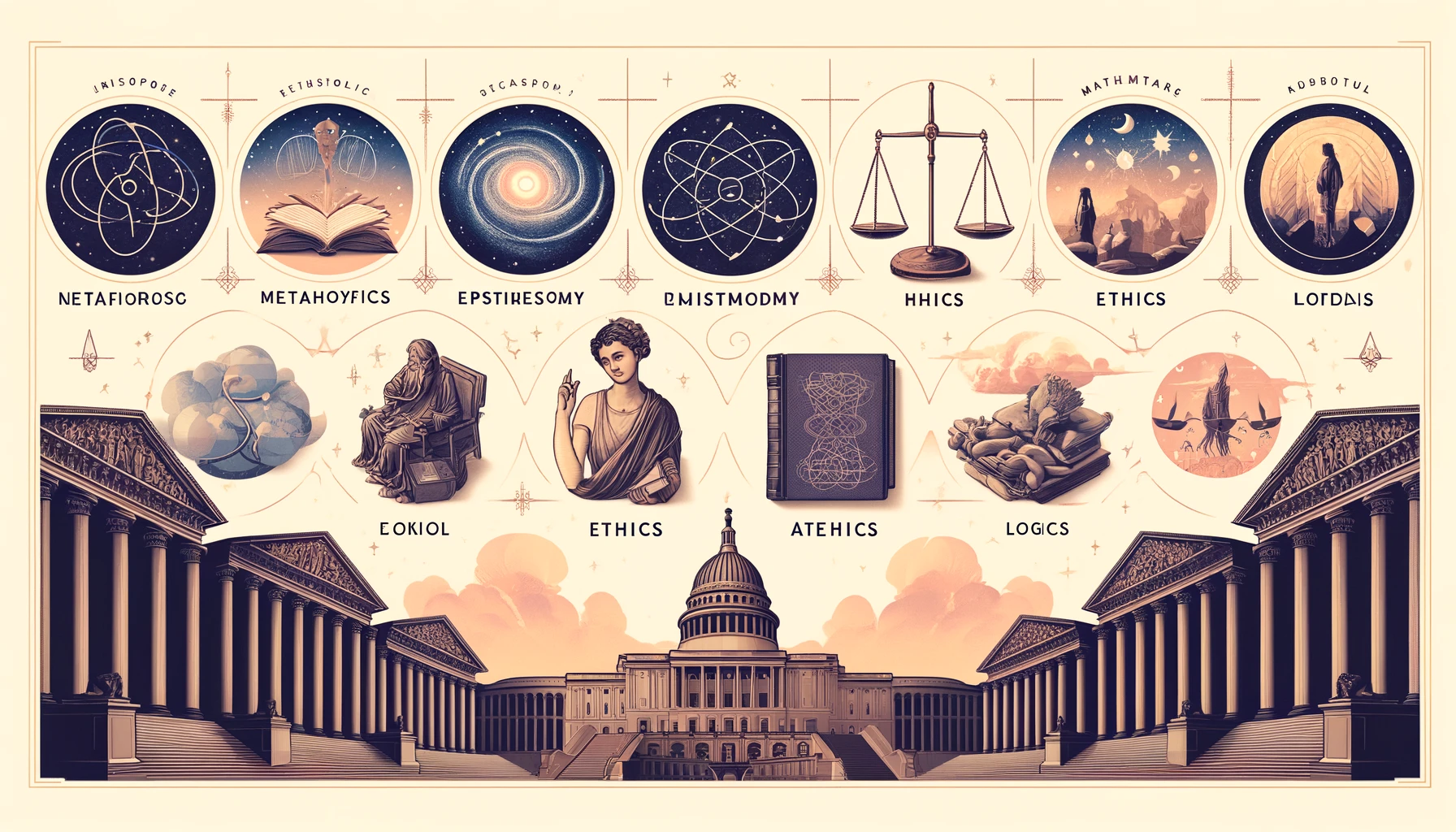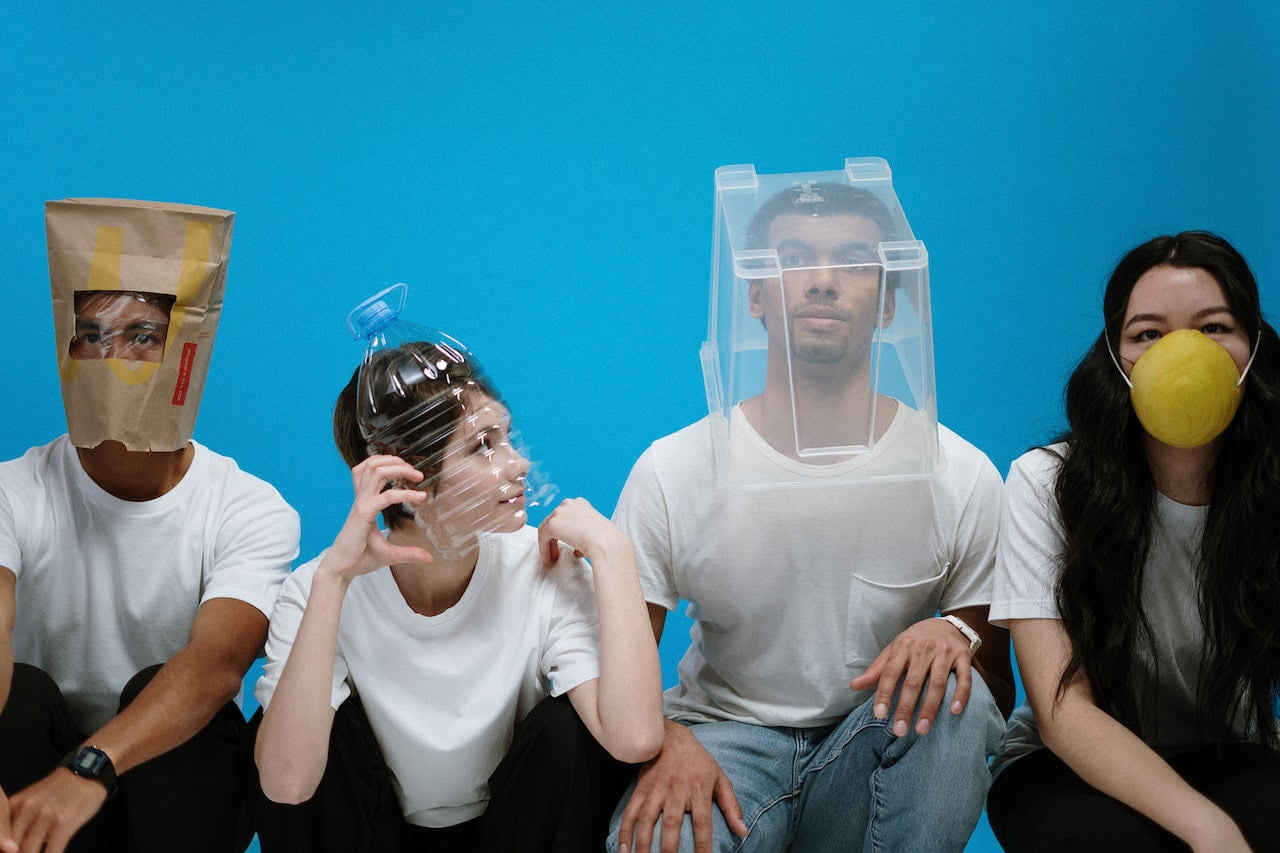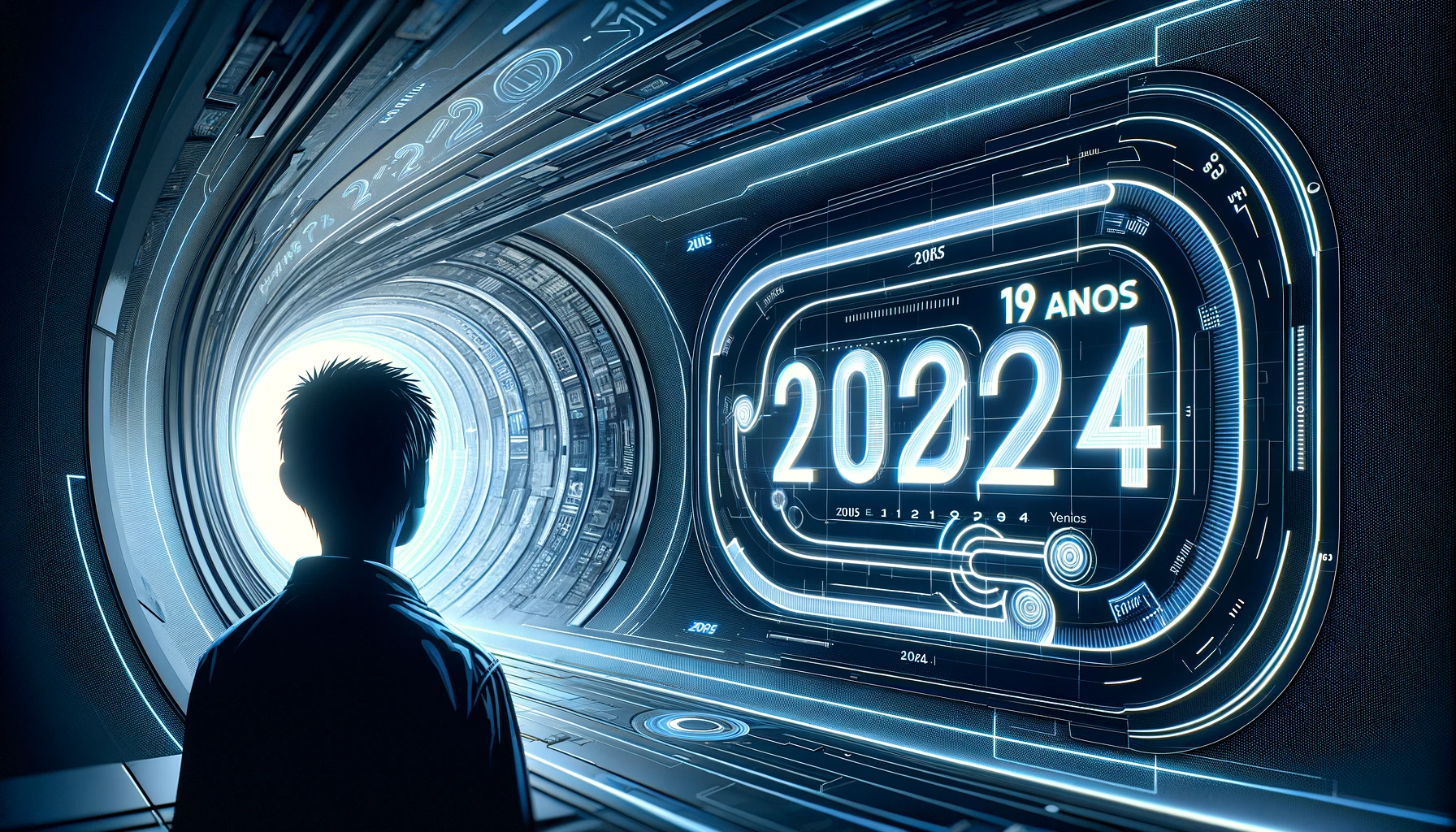What is art? A complex and multifaceted concept that has been the subject of study and admiration for centuries. This article offers a comprehensive analysis of what art is, exploring its various forms, meanings and the importance it holds in society.
Definition of Art
What is Art?
Art is a creative human expression that encompasses a wide range of activities, including painting, sculpture, music, literature, dance, and more. It can be defined as the conscious application of skill and imagination in creating aesthetic objects or experiences that can be shared with others.
Art and Aesthetics
Aesthetics is the philosophy that studies beauty and art, helping to understand how and why artistic creations affect us. Through aesthetics, we can appreciate the depth of emotions and meaning that art can evoke.
History of Art
Origin of Art
From the cave paintings of Prehistory to the complex sculptures of antiquity, art has constantly evolved. The first forms of art emerged as a way to record and communicate experiences, beliefs and stories.
Artistic Periods
Styles such as the Renaissance, Baroque, Romanticism and Modernism marked different eras in the history of art. Each period brought new techniques, themes and approaches, reflecting the cultural and social changes of their respective eras.

Types of Art
Visual arts
Includes painting, drawing, sculpture and photography. The visual arts are characterized by the creation of works that can be seen and appreciated visually, using a variety of media and techniques.
Performing Arts
It covers theater, dance, and music. The performing arts involve the live performance of creative actions, often integrating movement, sound and bodily expression.
Literature
The art of words includes poetry, prose and dramaturgy. Literature is an art form that uses written language to communicate ideas, stories and emotions.
Functions of Art
Personal Expression
Art allows individuals to express emotions and thoughts. Through artistic creation, people can explore and communicate their inner experiences and worldviews.
Social role
Art can reflect and influence culture and society. It serves as a mirror of social, political and economic conditions, and can promote social change by addressing important issues.
Educational Function
Art also serves as an educational tool, transmitting knowledge and values. It can teach about history, culture and ethics, as well as developing critical and creative skills.
Contemporary art
New Forms of Art
Technology has enabled new forms of artistic expression, such as digital art and interactive installations. These contemporary art forms challenge traditional definitions and expand creative possibilities.
Art and Politics
Contemporary art often addresses political and social issues. It can serve as a powerful medium for protest and social commentary, influencing public opinion and promoting change.
Cultural Influence of Art
Art and Cultural Identity
How art helps form and reflect the cultural identity of a group or nation. It can preserve and promote cultural traditions, as well as express the experiences and values of different communities.
Globalization of Art
The exchange and fusion of artistic styles between different cultures. Globalization has facilitated cultural exchange, resulting in new hybrid forms of art that combine influences from around the world.
Importance of Art in Education
Cognitive Development
Art stimulates creativity and critical thinking. Participating in artistic activities can improve memory, concentration and problem solving, as well as foster innovation.
Artistic Education in Schools
The importance of including artistic education in the school curriculum. Exposure to art from an early age can enrich the educational experience, promote inclusion, and help students develop an appreciation for cultural diversity.
Psychology of Art
Art and Emotions
How art can evoke and express emotions. Creating and appreciating art can have therapeutic effects, helping people process complex feelings and find emotional relief.
Art Therapy
The use of art as a form of therapy to treat various conditions. Art therapy uses the creative process to improve mental and emotional health by offering a non-verbal form of communication and self-expression.
Art Market
Assessment of Works of Art
How assessments and values of works of art are determined. The valuation may depend on factors such as the artist's history, the rarity of the work and market demand.
Galleries and Auctions
The role of galleries and auctions in the art market. These spaces are crucial for the promotion and sale of works of art, providing a platform for artists and collectors.
Art and Technology
Digital art
The emergence and impact of digital art. Digital art uses technologies such as computer graphics and augmented reality to create new forms of artistic expression.
NFTs and Art
How non-fungible tokens are transforming the ownership and sale of digital art. NFTs enable the creation of unique certificates of ownership for digital works of art, revolutionizing the online art market.
Art and Society
Public Art
The presence of art in public spaces and its impact. Public art can make cities more vibrant and accessible, providing opportunities for community engagement and urban revitalization.
Art as a Means of Protest
The use of art to express social and political discontent. Artists have used their works to highlight injustices and mobilize social movements, using art as a form of resistance and activism.
Art Criticism
History of Art Criticism
How art criticism has evolved over time. Art criticism offers an analysis and interpretation of works, helping the public understand and appreciate art.
Rating criteria
The different criteria used to evaluate works of art. Criteria such as originality, technique and emotional impact are often considered in art criticism.
Future Paths to Art
Sustainability in Art
How art can become more sustainable. Artists are exploring ways to reduce the environmental impact of their works by using recycled materials and eco-friendly practices.
Future Innovations
Potential technological innovations that could impact the future of art. Emerging technologies like artificial intelligence and virtual reality have the potential to transform the creation and experience of art.
Museums and Exhibitions
Importance of Museums
The role of museums in the preservation and exhibition of art. Museums are fundamental institutions for the conservation of artistic heritage and public education.
Temporary Exhibitions
The relevance of temporary exhibitions in the dissemination of artistic culture. Temporary exhibitions offer opportunities to explore new trends and present innovative work.
Conclusion
Art is a fundamental pillar of human culture, reflecting our emotions, thoughts and society. Its study allows us a deeper understanding of ourselves and the world around us.







